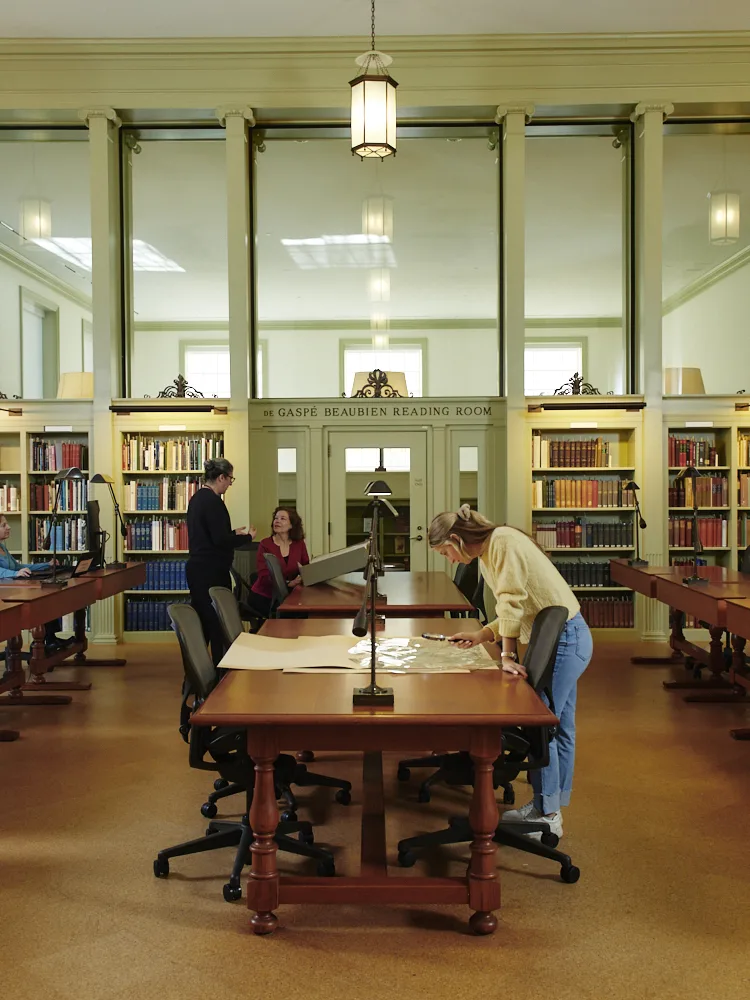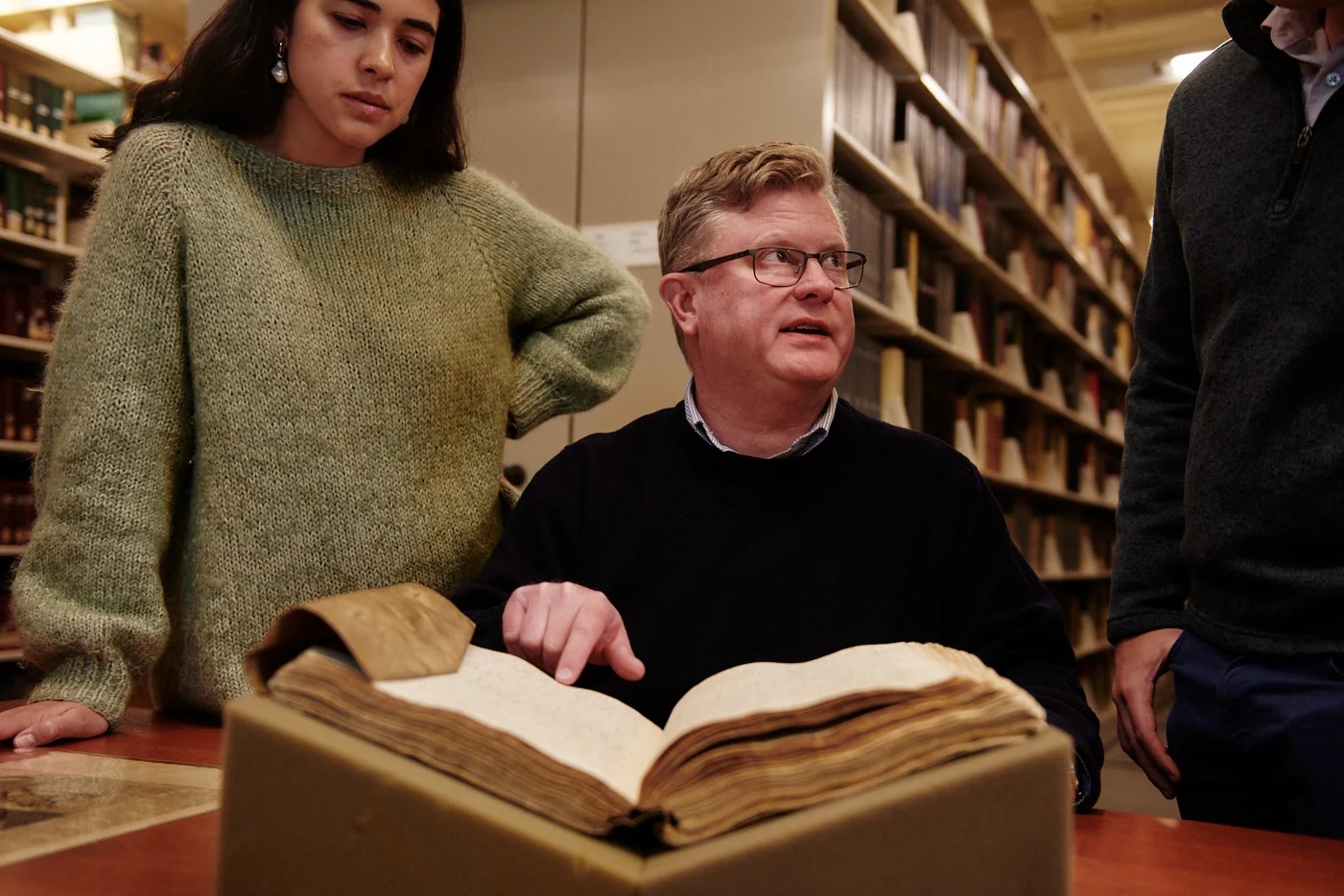In 1837, 1873, 1907, and 1929, asset price bubbles burst, shattering public confidence and devastating financial, securities, and credit markets around the world. Collections reveal the voices of individuals who played a role in precipitating each crisis, suffered its ill effects, or seized an opportunity to profit from it.

